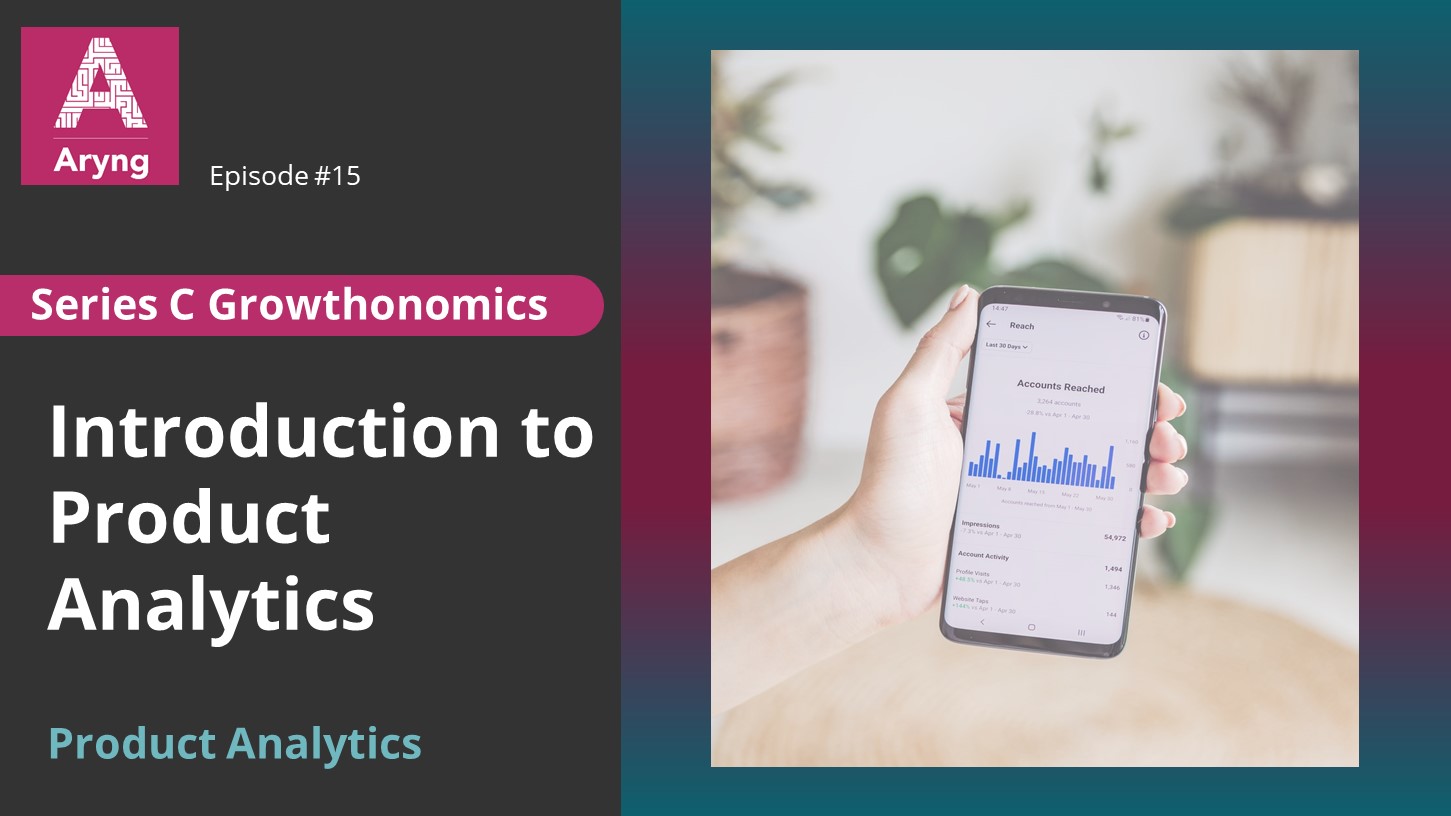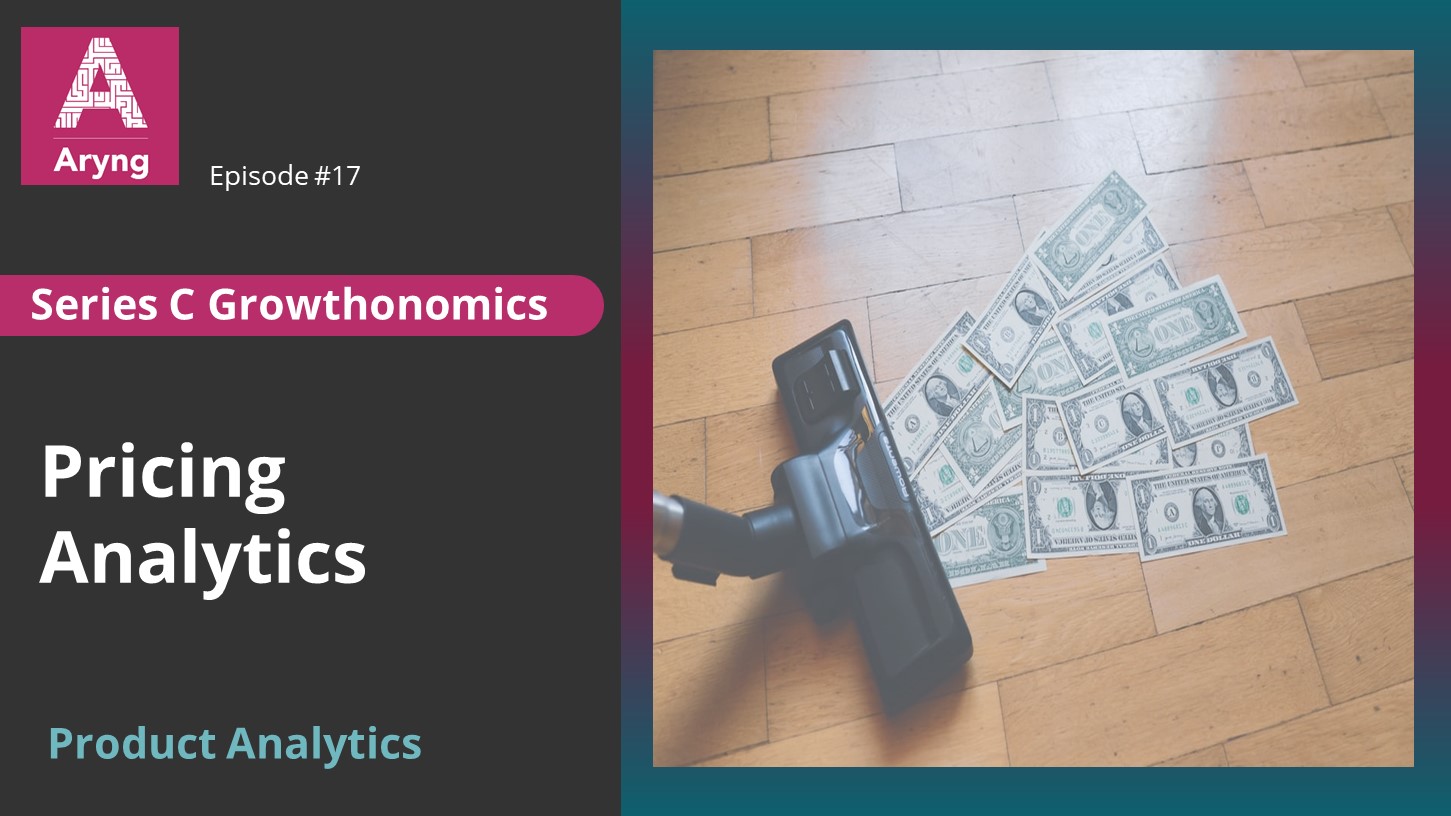It’s an entirely digital world – there is no doubt about it. Companies are developing more digital tools everyday than one can possibly keep up. Customers are now used to the online environment and the internet, and connectivity has become a core part of everyday functioning.
We are doing almost everything online be it essential work such as banking and finance, shopping or watching entertaining shows and movies. You can order items from around the world on Amazon, watch television shows and movies on Netflix. And most importantly, you don’t have to worry about going to the bank to work out your investments. A large number of products are readily available to the customer – and the choices are continually increasing.
In such a scenario, a good customer experience would depend on understanding what customers want and curating those products. This is where recommendation engines come in handy.
What is a recommendation engine and how does it impact business?
A recommendation engine is a data filtering tool that uses machine learning algorithms to recommend the most relevant items to a particular user or customer. The tool finds patterns of the consumer from the consumer behavior data to make recommendations.
This way, the recommendation engines improve user experience and can give your company an edge over your competitors. They can help companies in the following manner:
- Drive traffic to your website: By targeting the correct users as well as giving the users better ads, recommendations, and products, it can increase traffic and footfall to your website.
- Improve engagement: It can give customers a much more engaging experience. An engaged customer is more likely to return and less likely to churn.
- Improve customer acquisition: If you provide the correct choices, the customers are more likely to buy. Thus this can increase customer acquisition.
- Increase average order value: Customers are more likely to increase their orders if they regularly find the correct products. It can improve products and content
Recommendation engines can provide information about customer preferences and the type of products or contents that create more engagement. This can help the company by guiding in the direction of growth and content creation.
Also read:
Improving Customer Satisfaction with Simple Analytics
How does a recommendation engine work?
Recommendation engines rely on two sources of information:
- Users
- Items or products
Recommendation engines use these two sources to curate products for users. The two most popular approaches to building a recommender system are called collaborative filtering and content-based filtering. This is, of course, a comprehensive and oversimplified classification, but it can help us understand the fundamental working of such systems.
Content-based filtering
This model uses the products’ properties to determine their similarity. Then it recommends similar patterns that are based on the customers’ buying or surfing history.

There are a lot of mathematical models to determine the similarity between products. Different models try to achieve other goals. The way similarity is defined in terms of products largely determines the appropriate model to use.
Collaborative filtering
In Collaborative filtering, the similarity between products is not measured by using the properties of the products. Instead, it calculates other factors such as closeness, like-dislike, or affinity of users toward the products to make recommendations. This information can come from multiple sources such as ratings, comments, or just the number of times the product has been bought or viewed.
Once this is established, the model measures similarity between users. It then makes recommendations with the assumption that similar users like similar products.

Choosing the best recommendation engine
It is quite hard to pick the best model as both mentioned above have their pros and cons. Most recommendation engines are usually a hybrid of the two. However, as a business owner or a data scientist, it is essential to know what advantages each could offer.
The advantage of content-based filtering is that even if you keep expanding your product inventory, the lack of historical data about the products does not affect the model’s performance. The similarity-based approach on the characteristics of the product is enough to make recommendations.
Second, collaborative filtering gives you the advantage of understanding individual user patterns better. However, it requires historical data about user-product interactions, which may need time to build up.
Before you can build a recommendation engine, you need to ask if your company can leverage the tool. To benefit from a recommendation engine, you should make sure that:
- You can generate good high-quality data regularly,
- Your company has some data about the customers’ value transactions,
- There is a good team of data scientists and data engineers to maintain and improve the algorithm continuously. Machine learning and deep learning models can deteriorate and become obsolete rapidly, depending on new customers and if their behavior patterns are not modified.
The more detailed data you collect, the better will be your recommendation engine’s performance. But, it’s never too late to start and then improve and scale up with time.
Which one should I use?
There is no absolute answer to this question. As such, most models are hybrid of the two models. And with time, one can modify them by experimenting with what works better.
Data scientists responsible for creating and maintaining recommender systems should always monitor the performance and keep experimenting with different kinds of models. There are multiple ways to measure performance, depending on business needs.
To measure the performance, you can ask these questions:
- Is the recommender engine suggesting different types of products?
- Is it stuck in some local cluster of products?
- Does it drive business growth appropriately?
- Has it really affected user behavior?
The business development and the data science teams should always be in sync with each other to ensure the recommendation system impacts the business goals in an optimum way.
Aryng’s 33-point proprietary BADIR framework can help solve business problems with machine learning and deep learning-based solutions. You can read more about BADIR here.







